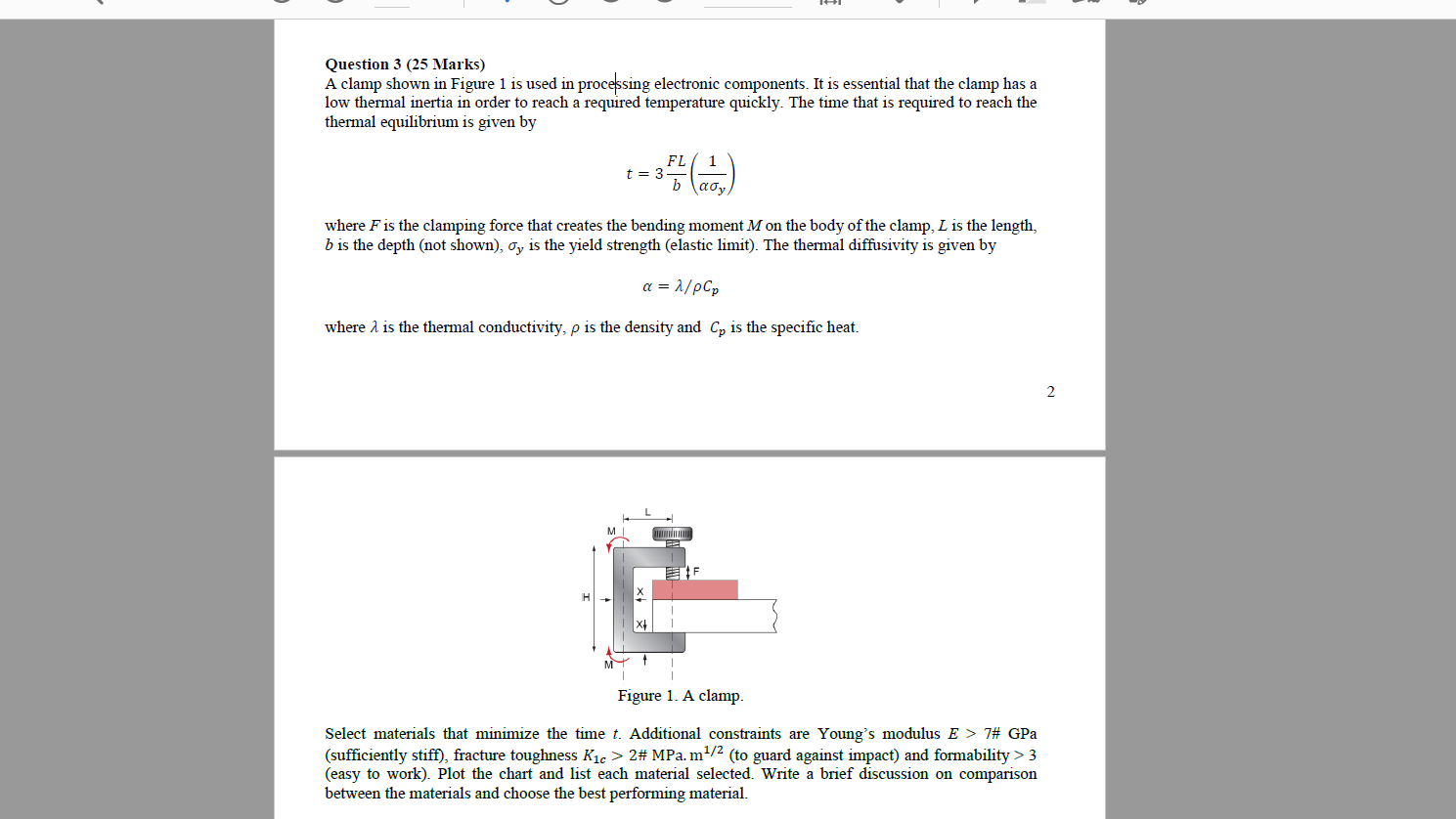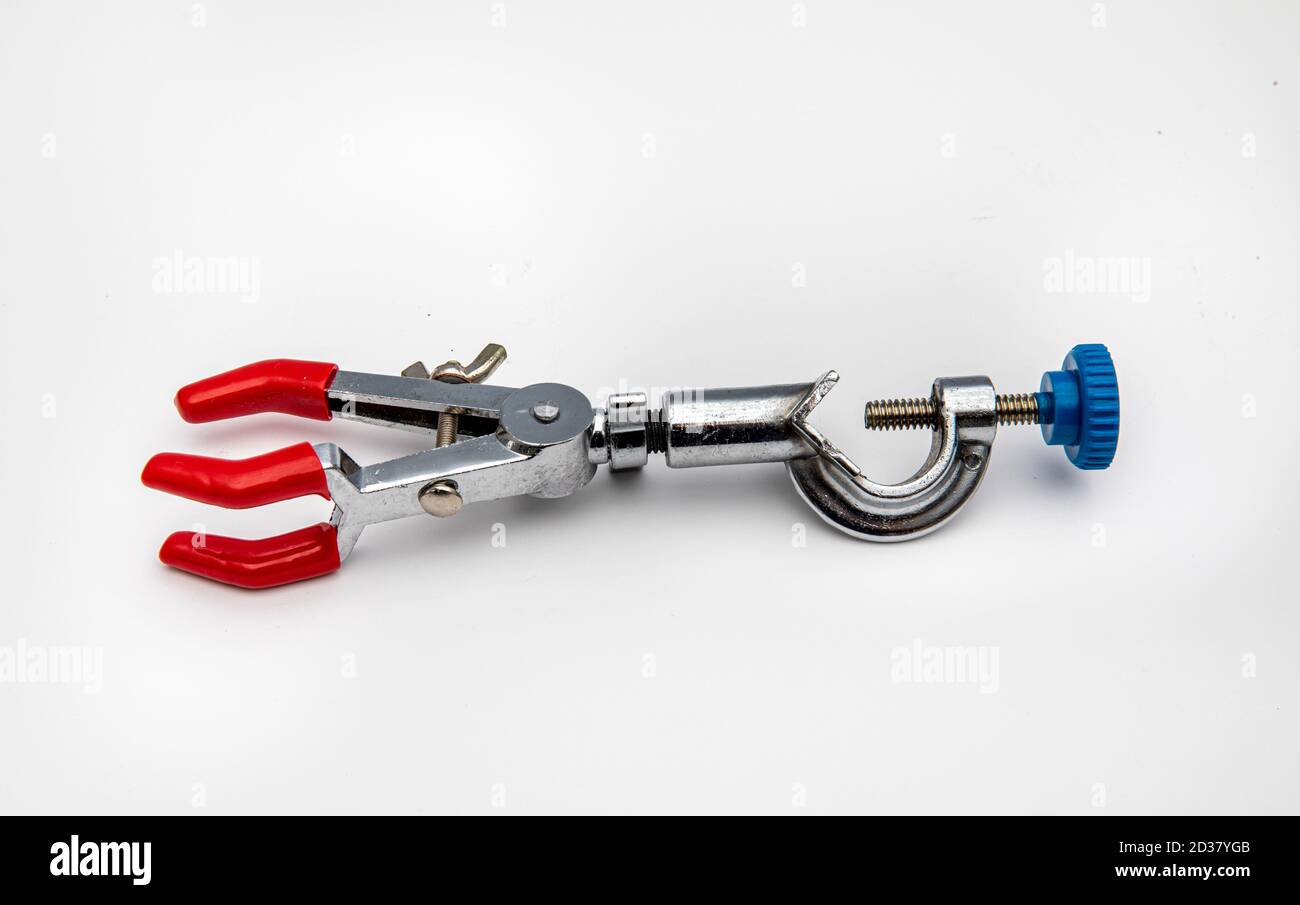Understanding Pneumatic Cabinet Door Clamps

Pneumatic cabinet door clamps are essential tools in various industries, particularly in manufacturing and assembly processes where efficient and reliable clamping is crucial. They utilize compressed air to generate clamping force, offering several advantages over manual clamps.
Pneumatic Operation Principles
Pneumatic cabinet door clamps operate based on the principle of compressed air. When compressed air is supplied to the clamp, it acts on a piston or diaphragm, creating a force that pushes the clamping mechanism against the cabinet door. This force is adjustable and can be controlled precisely using a regulator, ensuring consistent clamping pressure for different applications.
Types of Pneumatic Cabinet Door Clamps
There are several types of pneumatic cabinet door clamps available, each designed for specific applications and requirements. Some common types include:
- Toggle Clamps: These clamps feature a lever arm that, when actuated, pulls a toggle mechanism, creating a clamping force. They are suitable for applications requiring high clamping force in a compact design.
- Swing Clamps: These clamps have a swing arm that pivots to apply clamping force. They are ideal for applications where access is limited or where the clamp needs to be positioned in a specific direction.
- Straight Clamps: These clamps feature a straight clamping arm that extends to engage the work piece. They are commonly used for applications requiring a consistent clamping force over a specific distance.
Advantages of Pneumatic Clamps
Pneumatic clamps offer several advantages over manual clamps, making them preferred choices in many industrial settings. These advantages include:
- Increased Clamping Force: Pneumatic clamps can generate significantly higher clamping forces compared to manual clamps, enabling secure clamping of heavy or rigid workpieces.
- Improved Ergonomics: Pneumatic clamps reduce the physical effort required for clamping, minimizing operator fatigue and improving overall ergonomics. This is especially beneficial in applications involving repetitive clamping tasks.
- Enhanced Precision: Pneumatic clamps allow for precise control of clamping force, ensuring consistent clamping pressure across different applications. This is crucial for maintaining product quality and reducing variations in manufacturing processes.
- Faster Clamping Speed: Pneumatic clamps operate faster than manual clamps, reducing cycle times and increasing productivity in manufacturing processes. This is particularly advantageous in applications where rapid clamping is essential.
Disadvantages of Pneumatic Clamps
While pneumatic clamps offer numerous benefits, they also have some disadvantages that need to be considered:
- Compressed Air Requirement: Pneumatic clamps require a compressed air source, which can be an additional cost and logistical consideration. This includes installing and maintaining an air compressor system and ensuring adequate air supply to the clamps.
- Potential for Air Leaks: Pneumatic systems can be prone to air leaks, which can reduce clamping force and affect the overall performance of the clamps. Regular maintenance and inspection are essential to prevent air leaks and ensure optimal operation.
- Higher Initial Cost: Pneumatic clamps typically have a higher initial cost compared to manual clamps. However, this cost can be offset by the long-term benefits they provide, such as increased productivity and reduced labor costs.
Applications of Pneumatic Cabinet Door Clamps

Pneumatic cabinet door clamps are versatile tools that find their place in a wide range of industries and applications, where precise clamping and efficient operation are crucial. From woodworking and manufacturing to automotive and aerospace, these clamps play a vital role in ensuring secure and reliable assembly processes.
Woodworking, Pneumatic cabinet door clamp
Pneumatic cabinet door clamps are essential in woodworking for various tasks, especially when dealing with large or heavy cabinet doors. They provide the necessary clamping force to hold the door securely in place during assembly, ensuring a tight and consistent fit.
- Cabinet Door Assembly: During cabinet door assembly, pneumatic clamps are used to hold the door frame and panel together while glue dries or fasteners are applied. This ensures a strong and durable bond, preventing the door from warping or twisting.
- Edgebanding: Pneumatic clamps are used to apply edgebanding to cabinet doors, ensuring a smooth and consistent finish. The clamping force ensures a tight bond between the edgebanding and the door, preventing delamination or lifting.
- Door Panel Clamping: For larger cabinet doors, pneumatic clamps are used to hold the panels together during assembly, preventing warping or bowing. The clamping force ensures a flat and stable surface, crucial for a high-quality finish.
Manufacturing
Pneumatic cabinet door clamps are widely used in manufacturing for various applications, particularly in assembly lines where speed and accuracy are paramount. They offer precise clamping force and fast operation, making them ideal for high-volume production.
- Assembly Lines: Pneumatic clamps are used in assembly lines to hold components in place during assembly, ensuring a secure and consistent fit. Their quick release and clamping action streamline the assembly process, increasing productivity.
- Metal Fabrication: In metal fabrication, pneumatic clamps are used to hold metal sheets together during welding or riveting. They provide the necessary clamping force to ensure a strong and secure bond, preventing distortion or warping.
- Plastic Molding: Pneumatic clamps are used in plastic molding to hold molds together during the injection process. They provide the necessary clamping force to ensure a tight seal, preventing leaks and ensuring a consistent product.
Automotive
Pneumatic cabinet door clamps are essential in the automotive industry for various applications, from assembly lines to repair shops. They provide the necessary clamping force and versatility to handle a wide range of tasks.
- Door Panel Installation: In automotive assembly lines, pneumatic clamps are used to hold door panels in place during installation, ensuring a secure and consistent fit. They provide the necessary clamping force to prevent the panels from shifting or rattling.
- Body Panel Alignment: Pneumatic clamps are used to align body panels during assembly, ensuring a smooth and flush fit. The clamping force prevents the panels from shifting or moving out of position.
- Repair and Maintenance: In repair shops, pneumatic clamps are used to hold components in place during repairs, ensuring a secure and stable workspace. Their quick release and clamping action make them ideal for quick and efficient repairs.
Selecting and Installing Pneumatic Cabinet Door Clamps
Choosing the right pneumatic cabinet door clamp and installing it properly are crucial for ensuring safe and efficient operation. This section provides guidelines for selecting the appropriate clamp and a step-by-step guide for installation.
Selecting the Appropriate Pneumatic Cabinet Door Clamp
Selecting the right pneumatic clamp is essential for proper performance and longevity. Consider these factors:
- Door Size: The clamp’s clamping range should be sufficient to accommodate the door’s dimensions. This ensures a secure grip and prevents damage to the door or cabinet.
- Door Material: The clamp’s clamping force and design should be compatible with the door’s material. For example, a clamp designed for thin metal doors may not be suitable for thicker wooden doors.
- Clamping Force: The clamp’s clamping force should be sufficient to hold the door securely closed. Consider the weight of the door and the potential forces it may encounter during operation.
- Environmental Conditions: The clamp’s materials and construction should be suitable for the operating environment. For example, a clamp used in a corrosive environment may require specific materials to resist corrosion.
- Air Supply: Ensure the clamp’s air requirements are compatible with your existing air supply system. This includes factors like pressure, flow rate, and air quality.
Installing a Pneumatic Cabinet Door Clamp
Installing a pneumatic cabinet door clamp involves several steps:
- Prepare the Mounting Surface: Ensure the mounting surface is clean, level, and free from obstructions. You may need to drill pilot holes or use a template to ensure accurate placement.
- Mount the Clamp: Secure the clamp to the mounting surface using appropriate fasteners. Refer to the manufacturer’s instructions for recommended fasteners and torque specifications.
- Connect the Air Supply: Connect the clamp’s air inlet to the air supply line using appropriate fittings and tubing. Ensure the air supply pressure is within the clamp’s operating range.
- Adjust the Clamping Force: Adjust the clamp’s clamping force to the desired level. This may involve adjusting a pressure regulator or using a specific adjustment mechanism on the clamp.
- Test the Installation: Test the clamp’s operation to ensure it functions properly and provides the required clamping force. Check for leaks or other issues that may require adjustment.
Safety Procedures
Safety is paramount during installation and operation. Always follow these safety procedures:
- Wear appropriate personal protective equipment (PPE), such as safety glasses, gloves, and hearing protection.
- Ensure the air supply is properly regulated and within the clamp’s operating range.
- Do not operate the clamp near any moving parts or machinery.
- Always disconnect the air supply before performing any maintenance or adjustments.
- Follow the manufacturer’s instructions carefully.
Pneumatic cabinet door clamps are a popular choice for keeping doors securely closed, especially in industrial settings. They use compressed air to provide a strong, consistent clamping force. However, for lighter-duty applications, you might consider strong cabinet door magnets as an alternative.
These magnets can provide a clean, silent, and reliable way to keep doors closed, and they’re often easier to install than pneumatic clamps. Of course, if you need the extra strength or the ability to control the clamping force with air pressure, a pneumatic cabinet door clamp is still the way to go.
Pneumatic cabinet door clamps are great for keeping doors secure, especially in high-traffic areas. They’re also a great choice for cabinets with unique designs, like a barn door corner cabinet , where the door might need extra support to stay closed.
Just remember to make sure the clamp is properly sized and installed for optimal performance!
